Plastic sustainable processes – CO2 04-02-2023 - Arhive
Plastic sustainable processes – CO2
-Teijin Markets Biomass-Derived Polycarbonate
The Japanese supplier joins Saudi Arabia’s Sabic as a supplier of bio-based polycarbonate for the automotive and electronics industries.
Teijin has secured ISCC Plus certification from the International Sustainability and Carbon Certification (ISCC) system for the production of polycarbonate (PC) resin from biomass-derived bisphenol A (BPA) feedstock in Japan. Teijin is the first Japanese company to obtain ISCC Plus certification for PC resin. The newly certified biomass PC resin offers the same physical characteristics as resins made from conventional petroleum-derived BPA, allowing them to be used in commercial applications such as automotive headlamps and electronic components. Plastic sustainable processes – CO2
Beginning on January 30 of this year, Teijin kicked off producing and marketing biomass PC resin containing BPA made from biomass naphtha at its Matsuyama and Mihara production sites in Japan. Under the mass-balance approach method, materials are verifiably tracked through complex value chains, as in the case of biomass-derived raw materials being mixed with petroleum-derived raw materials to create end products.
With the start of the environmentally friendly PC resin, Teijin has launched a new product lineup called Circular Materials (CM), and the new biomass-derived PC resin products are now being promoted under the brands Panlite CM and Multilon CM.
Panlite CM is available in neat polymer, sheet, film, and compound form. Multilon CM is Teijin’s PC/ABS-based polymer alloy.
Sabic also recently debuted a bio-based PC copolymer, which has already been adopted by Chinese brand realme for the battery cover of its brand-new GT 2 Pro smartphone. LNP Elcrin EXL7414B copolymer resin is the first Sabic grade in an expanding portfolio to secure ISCC Plus certification. Plastic sustainable processes – CO2
It is formulated with over 50% bio-based content from waste materials, which do not compete with the food chain, according to the mass balance approach.
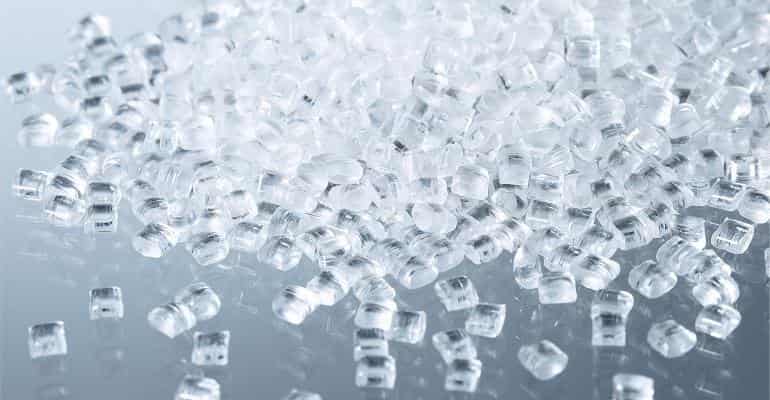
-Researchers Working on sustainable processes for dealing with plastic and e-waste
Plastic and e-waste are produced in massive quantities in India, particularly with the exponential increase in the use of electronic devices. If some steps are not developed and implemented throughout the country as soon as possible then e-waste may cause long-term ecological and environmental degradation. In concern of this increasing problem, a research group led by Prof. K K Pant, Director of Indian Institute of Technology Roorkee (IIT), is working on the development of sustainable technology to combat the ever-increasing threat of plastic waste and e-waste while also creating wealth through a zero-waste discharge concept. Plastic sustainable processes – CO2
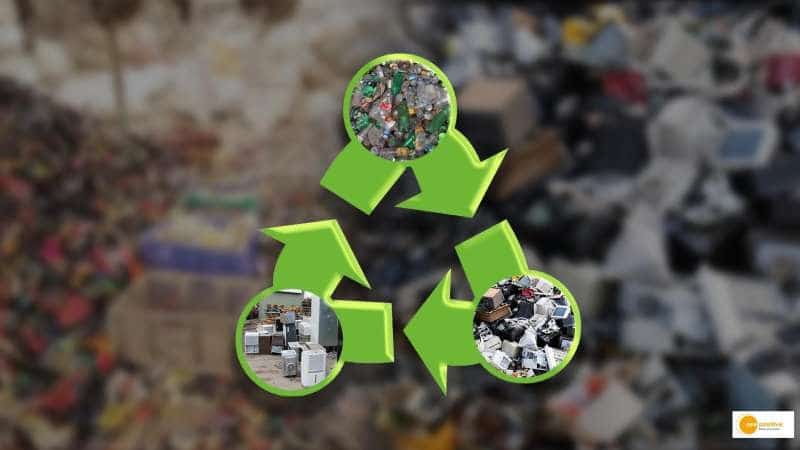
-Worms weather stones to absorb CO2
Scientists at Uppsala University make rocks absorb CO2 by weathering them. This is done with the help of worms, bacteria and fungi. The research is being done by research project Bio-Accelerated Mineral Weathering (BAM). This is reported by Uppsala University in a press release.
Weathering
Weathering is the process by which stones are mechanically or chemically broken down into grit, sand, clay and ions.
These ions then react with each other and precipitate as new minerals and rocks. This allows CO2 to be absorbed by limestone, for example, a process Project BAM researchers want to replicate on a large scale. Plastic sustainable processes – CO2
Thomas Corbett, postdoctoral researcher in the Department of Earth Sciences, said weathering of silicate minerals has been regulating the earth’s temperature for millions of years. “The idea behind this technology is to accelerate processes that occur naturally,” Corbet said.
Bioreactor
By mixing specially selected organisms with crushed rock in a sealed container, the researchers have already achieved results. They managed to double the rate of weathering. Still, weathering needs to be many times faster to be truly effective.
This could be done by using specially designed bioreactors. The first prototype of these is nearing completion. Water and CO2 are then combined with the organisms, the crushed stone and an organic food for the organisms, such as hay. Leachate, also known as worm tea, then drips out of the chamber. Plastic sustainable processes – CO2
This can be used to combat ocean acidification.
Corbett explains that a conscious decision was made to start with relatively small reactors, which can hold about 400 grams of material. Then the project will be scaled up. “We use thousands of these reactors or the best combination of organisms and the best throughput to figure out,” Corbett says.
Directly at the emission source
This solution could be applied directly at the source of CO2 emissions, such as at a factory or industrial site. Converting excess concrete at a steel producer, for example, would then be good for the climate and the environment. Plastic sustainable processes – CO2
Before we get to that point, however, the optimal combination of organisms still needs to be found. “We use different types of fungi and bacteria. There are genetically modified species that provide a lot of weathering, but they also create other challenges that we don’t like. So we use wild species, which also puts the environment and researchers at less risk,” Corbett said.
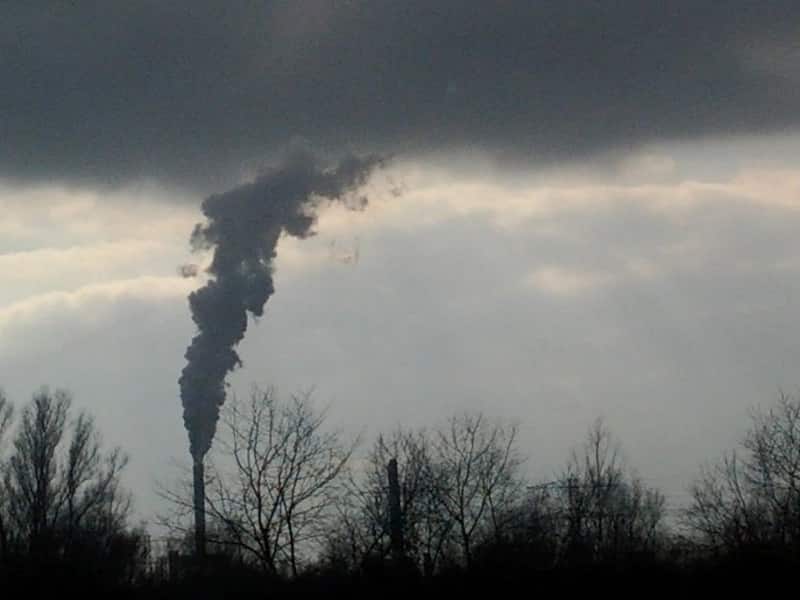
–A more stable way to upcycle waste plastics
A new advanced recycling process simplifies the task of breaking down polymer chains and stabilizing the resulting fragments.
The Hydrochemolytic technology (HCT), developed by Aduro Clean Technologies, Inc. (Sarnia, Ont., Canada; www.adurocleantech.com), involves processing waste plastic with water, an inexpensive catalyst, and material the company refers to as the “H-source.”
In contrast with thermolytic approaches, such as pyrolysis and hydrothermal liquefaction (HTL), HCT relies on chemical mechanisms operating at sub-cracking temperatures to deconstruct the long carbon backbone of polymers in plastics, such as polyethylene, polypropylene and polystyrene. Plastic sustainable processes – CO2
“It’s a random process that generates progressively shorter molecular fragments to yield a mixture of lighter hydrocarbons,” explains Gene Cammack, chief operating officer at Aduro. Further differentiating HCT is the “H-Source,” which generates a form of hydrogen that quenches reactive intermediates formed as the polymer chain is cut.
Thermolytic methods also break down polymers to generate molecular fragments, but they do so by cracking at much higher temperatures.
Consequently, uncontrolled side reactions ensue that generate dozens and hundreds of different compounds with diverse chemical functionalities. These include high levels of unsaturated olefin compounds,” says Cammack, “which are unstable and require mitigation through downstream hydrotreating.” Plastic sustainable processes – CO2
By constrast, the selective operation of HCT to cut the polymer chains, and doing so at lower temperatures, not only reduces energy use but also minimizes uncontrolled side reactions. And the stabilization further limits side reactions while substantially eliminating olefins. Additionally, says Cammack, the process can be configured to tune the weight of the hydrocarbon products for certain product slates, such as naphtha, paraffins and other platform chemicals.
Having demonstrated HCT through extensive runs in batch reactors, Aduro is now implementing it in continuous-flow mode.
Company scientists also are actively working to understand and manage the effects of contaminants in waste plastic streams, like PVC, and investigating possibilities to recover and reuse water. Plastic sustainable processes – CO2
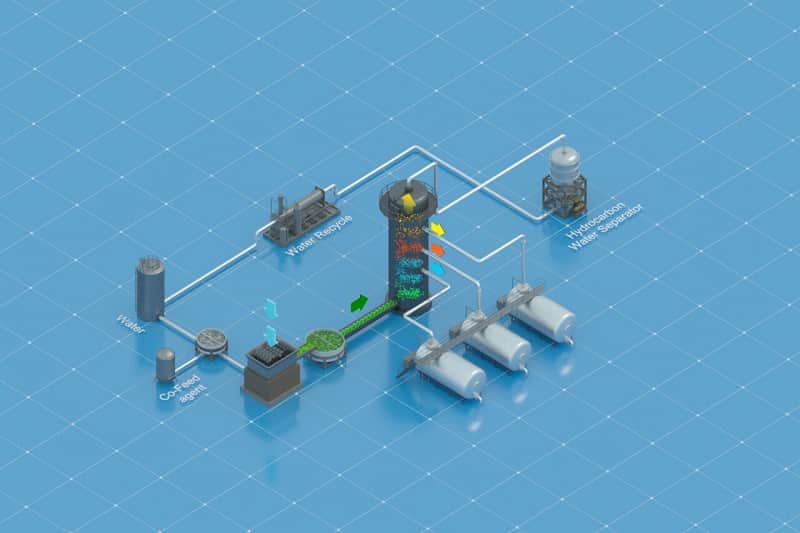
-PPC Picks Up Israeli Packaging Innovator
Starting out as a nylon film extruder for sterilizable medical packaging, StePac has grown to become an innovator in fresh produce packaging.
PPC Flexible Packaging LLC announced today the acquisition of Israel-based StePac, MAPfresh Holdings (StePac).
Headquartered in Buffalo Grove, IL, and part of a private equity portfolio managed by Chicago-based GTCR, PPC is specialized in the printing and converting of flexible films, pouches, and other packaging designs, including prototypes. A key business area is cleanroom packaging for medical applications, consumer snack and organic brands, specialty produce, pet, nutraceutical, bakery, and horticulture markets. Its facilities are AIB, SQF level II, and ISO-9001 certified. Plastic sustainable processes – CO2
StePac was founded in 1992 as a nylon film extruder providing sterilizable packaging for medical markets. StePac re-focused its capabilities shortly thereafter to bring emerging technologies to the development of packaging for fresh produce markets. Over the years the company has grown to become the globally recognized leader in post-harvest shelf life extension of high-value agricultural produce, according to the news release. The company’s patented technologies create atmosphere and humidity-controlled packaging through roll goods, lidding, and pre-made bags and pouches for bulk and retail applications. StePac operates through a network serving customers in more than 40 countries and nearly every continent from its headquarters and R&D center in Tefen, Israel.
“StePac has been a recognized technology leader in the boutique produce market for many years,” said Kevin Keneally, President and CEO of PPC, in a prepared statement. “Through combining PPC’s existing portfolio of produce packaging, this acquisition will bring our mutual customers a much more diverse selection of options ultimately delivering industry-leading sustainable solutions.” Plastic sustainable processes – CO2
With the addition of StePac, PPC now operates 14 manufacturing facilities in Buffalo Grove, IL; Mission and Kansas City, KS; Rome, GA; Payson, UT; Pewaukee, WI; McKinney, TX; Columbus and Alliance, OH; North Salt Lake, UT; Hartland, WI ; Colombia, South America; and Tefen, Israel.

-Nigeria: Just who is supposed to clean up plastic waste?
Take a walk or drive through the streets of most Nigerian cities, and you will see plastic waste everywhere. The country’s rivers, lakes and ocean are also full of discarded plastic waste. Plastic sustainable processes – CO2
Nigeria is estimated to generate about 2.5 million tonnes of plastic waste annually. Plastic accounts for 15% of the total waste generated in Lagos State. The situation is likely to worsen as Nigeria’s population grows, from more than 220 million people now to an expected 401 million by the end of 2050.
The production of plastic is growing too. Dangote Refinery, the largest petrochemical refinery in Africa, is starting operations in Nigeria in the first quarter of 2023. Aside from refining fuel, the plant will also producing plastic products.
Who should clean up plastic waste?
The question arises as to who is responsible for cleaning up the plastic waste in the Nigerian environment. Plastic sustainable processes – CO2
Some argue that the onus is on government to make and enforce policies and regulations. Others argue that residents ought to take responsibility in the spirit of environmental citizenship.
But what about the manufacturers, who, too often, take no responsibility when the plastic they produce end up as waste in the environment?
Recently, I explored how companies can reduce plastic waste in Nigeria if they accept all the elements of corporate social responsibility. Doing so also promotes sustainable development. The UN defines this as “development that meets the needs of the present without compromising the ability of future generations to meet their own needs.” So corporate social responsibility benefits the companies too.
Dimensions of corporate social responsibility
Corporate social responsibility is the idea that a company should play a positive role in the community and consider the environmental and social impacts of business decisions.
Since the mid-1950s, most of the world’s leading business organisations have come to agree that companies have economic, legal, ethical and philanthropic or discretionary responsibilities. Plastic sustainable processes – CO2
Economic responsibility is a commitment to making profits, operating efficiently and being competitive. Focusing on this alone can lead to environmental problems unless it considers the long term. One way for economic responsibility and environmental sustainability to meet is by assigning an economic value to waste.
Legal responsibility means that a company must comply with government laws and regulations. These should include rules that protect the environment.
Ethical responsibility means being fair, in accordance with societal expectations. For example, it means a company doing its fair share to prevent and clean up waste.
Philanthropic responsibility is something extra a company can do to make the world a better place. Many companies get involved in volunteering, empowerment and support of innovative programmes to help people. An example would be coordinating voluntary community action to clean up waste. Plastic sustainable processes – CO2
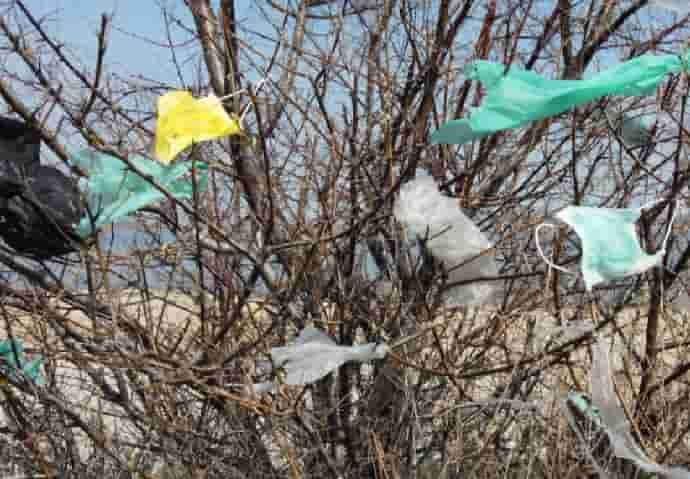
-Prices for recycled resins in Europe slide further on depressed demand
Stock replenishment may ease price pressure this month
In December, European standard recyclate prices fell across the board as a result of very low pre-holiday demand. Plastic sustainable processes – CO2
Recycled PET saw the steepest falls with price reductions of €150 per metric ton for clear flake and reductions of €100 per tonne for colored flake and for clear food grade pellets.
Recycled high density polyethylene blow molding colored grade prices fell by €50 per tonne while recycled HDPE black injection molding prices fell slightly.
Recycled low density natural film prices fell by €50 per tonne with translucent film pellet prices down by €30 per tonne. Plastic sustainable processes – CO2
Recycled polypropylene prices declined by just €10 per tonne and recycled high impact polystyrene prices were €50 per tonne lower in December.
Recyclate prices have continued their downward trajectory primarily as a result of very low demand.
Converters are buying less material as a result of the economic downturn and growing competition from declining primary material prices.
The demand position was further weakened last month by converters destocking ahead of the end-year balance sheet accounting practices.
Converters were therefore buying just sufficient recyclate to cover their immediate production needs. Plastic sustainable processes – CO2
Material availability was generally quite low yet there was more than enough material to meet the low level of demand.
Few price agreements had been struck at the time this research was conducted during the first week of the month. Standard recyclate prices remain under pressure at the start of the new year. Recycled PET, PP and PS prices are expected to fall further throughout the month of January. Recycled HDPE and LDPE prices are more likely to remain either stable or to fall slightly.
Demand is expected to pick up only slowly over the course of the month as processors return to work after the holidays and begin to replenish stocks. Some recyclers have undertaken plant maintenance programs during the festive season while others are considering leaving their plants closed for an extended period given the weak level of demand. Plastic sustainable processes – CO2
Recycled PET
In December, destocking by converters combined with the short production month further exacerbated an already weak demand position and led to a further collapse in recycled PET prices. Clear flake material also faced stiff competition from imported recyclate and prices fell by €140-150 per tonne. Colored flake and clear food grade pellet prices fell by €100 euros per tonne, well in excess of the €50 per tonne reduction in the cost of bottle scrap. There was a plentiful supply of bottle scrap and no shortage of recyalate.
In January, there is likely to be further downward pressure on prices. Demand is expected to pick up at a slow pace as processors gradually restart production after the holidays and begin to replenish their inventories.
Some recyclers are even considering leaving their facilities closed until there is a more substantial recovery in demand. Plastic sustainable processes – CO2
Recycled LDPE
In December, recycled LDPE natural film prices fell by €50 per tonne with translucent film pellet prices down by €30 per tonne. Demand was very low as a result of the short production month and sales were further suppressed by destocking by converters ahead of end-of-year balance sheet accounting practices. Material availability was short although the low levels of demand meant that contracts were largely fulfilled.
Recycled LDPE prices changed little at the beginning of the New Year as many recyclers and processors had postponed the restart of their facilities until the second week of January. Demand is however expected to pick up over he month as converters begin to replenish inventories. Plastic sustainable processes – CO2
This should reduce the downward pressure on prices a little.
Recycled HDPE
In December, recycled HDPE blow molding colored grade prices fell by €50 per tonne as a result of lower input costs and a further deterioration in demand. Black injection molding prices fell only slightly. Demand was very low across the board as a result of the short production month and converters buying only sufficient material to cover their immediate needs ahead of the end-year accounting practices. There was more than enough material to meet the low demand.
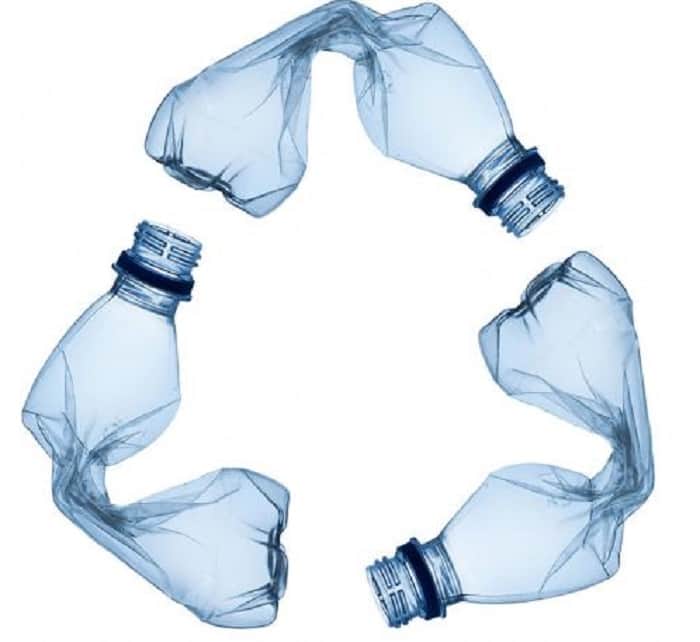
Plastic sustainable processes – CO2
